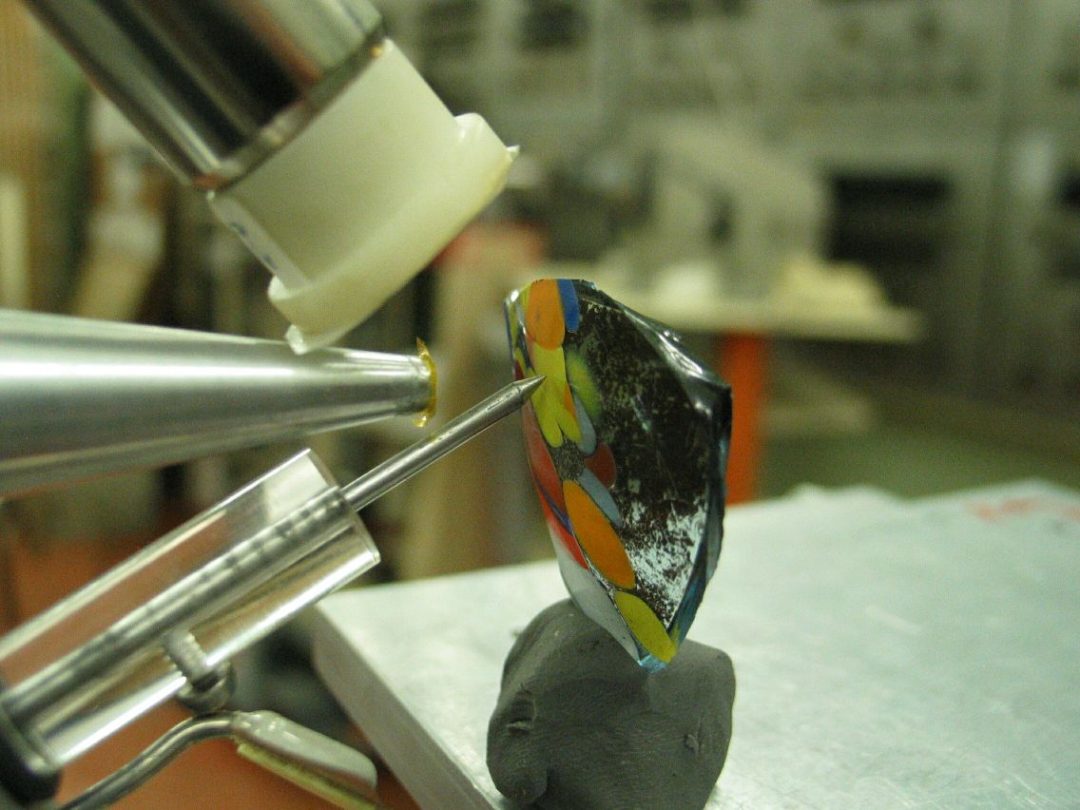User Group Leader: Daniela Stan
http://www.nipne.ro/
Venue: BNC-WIGNER (HU)
The project intended to determine the composition of paste, colorants, and opacifiers of colored Byzantine, late medieval and modern Murano glass. The goal of this experiment was to determine the historical evolution of colored glass production technology – from paste (glass “clay”) recipes to colorants and opacifiers in the Second Millenium B C.
For pigments studies (painted glass), external milli-PIXE is a very suitable method, mainly because the pigments are localized in a near-surface layer of the samples. To analyze the paste (”bulk”) – main glass components, colorants, opacifiers – PGAA measurements are indispensable. A comparison with the similar results on medieval glass (paste, colorants, opacifiers, and pigments) published in literature will be finally performed.
The aim was to determine the chemical components responsible for the color of both glass and painting – using External milli-beam PIXE and light elements from glass paste (B, Na, Mg, Al, Cl etc) – using PGAA. We started with 30 colored (blue, red, violet, white, brown) glass fragments from some Byzantine painted bracelets, analyzing both the glass and the mineral pigments (yellow, red, brown, green, blue) from the painting. The blue color of the glass is given by cobalt, as expected. Dark blue to black color in the glass is given mainly by manganese but mixed with cobalt and iron. The red color is given by copper. The identification of recipes for pigments is in progress. We continued with 10 colored glass samples from 17-18 Centuries discovered during the architectural restoration of two Churches in Bucharest. The main result was the use of lead in obtaining a transparent glass. Finally, we analyzed 10 modern Murano colored glass samples, partially also painted, to determine the chemical elements used as colorants and metallic painting pigments. The main results are the use of zinc for glass transparency, cobalt for blue, copper for dark red, cobalt for dark green, chromium and copper for green, and the most unexpected result: selenium for brown-orange. A complete final identification of glass colorants and pigments is in progress.
With PGAA were measured 23 Byzantine, 7 medieval and 8 modern Murano glass. In general, the major components: H, Na, Mg, Al, Si, K, Ca, and also B, S, Cl, Ti, Mn, Fe, Cu, Co are quantitatively measured. Data analysis is in progress.

